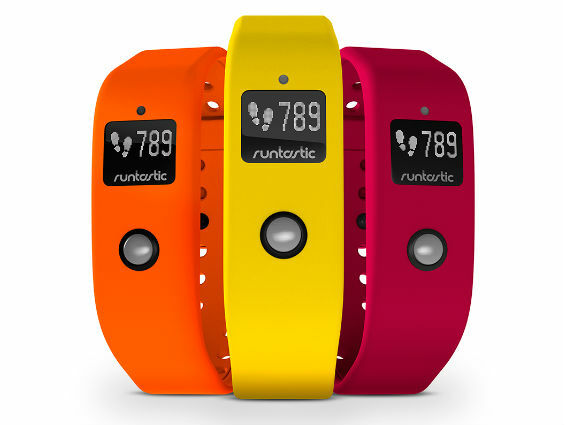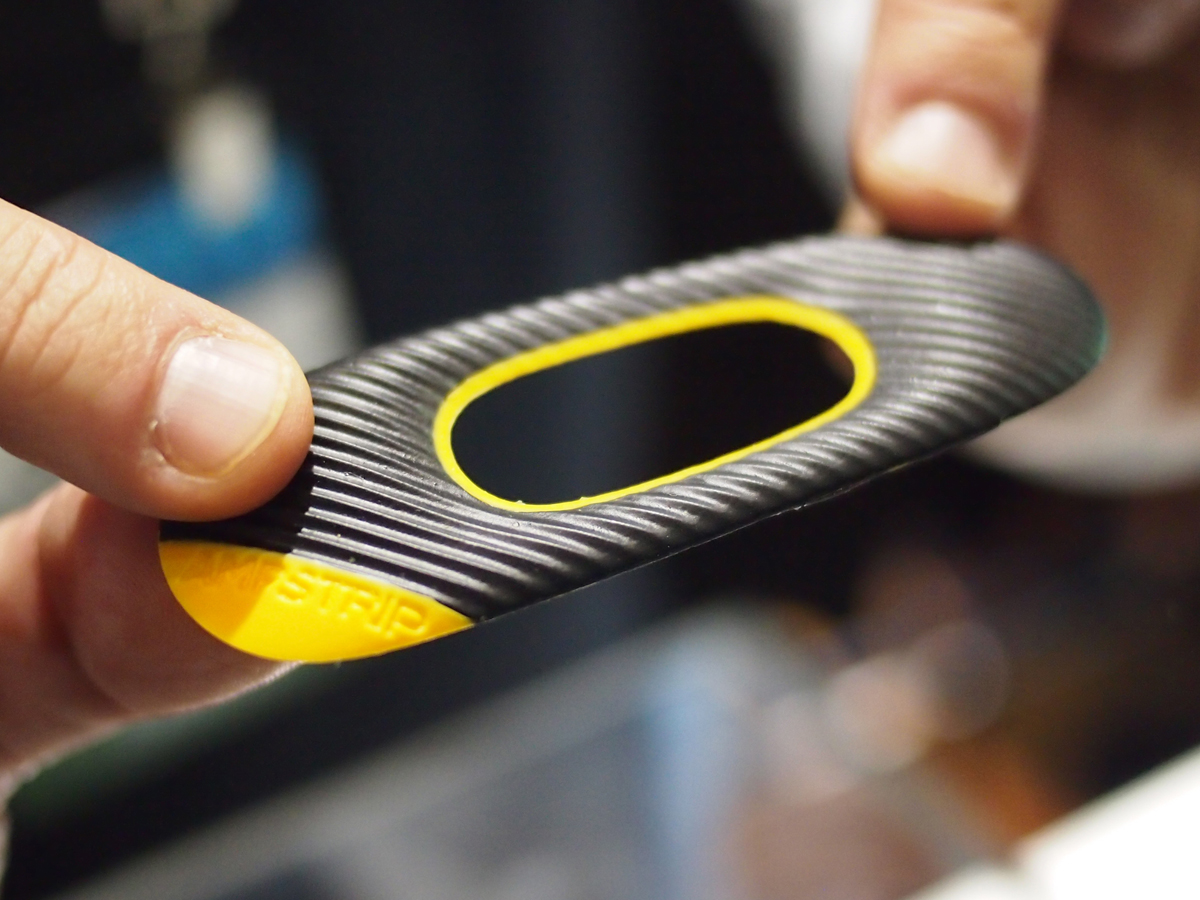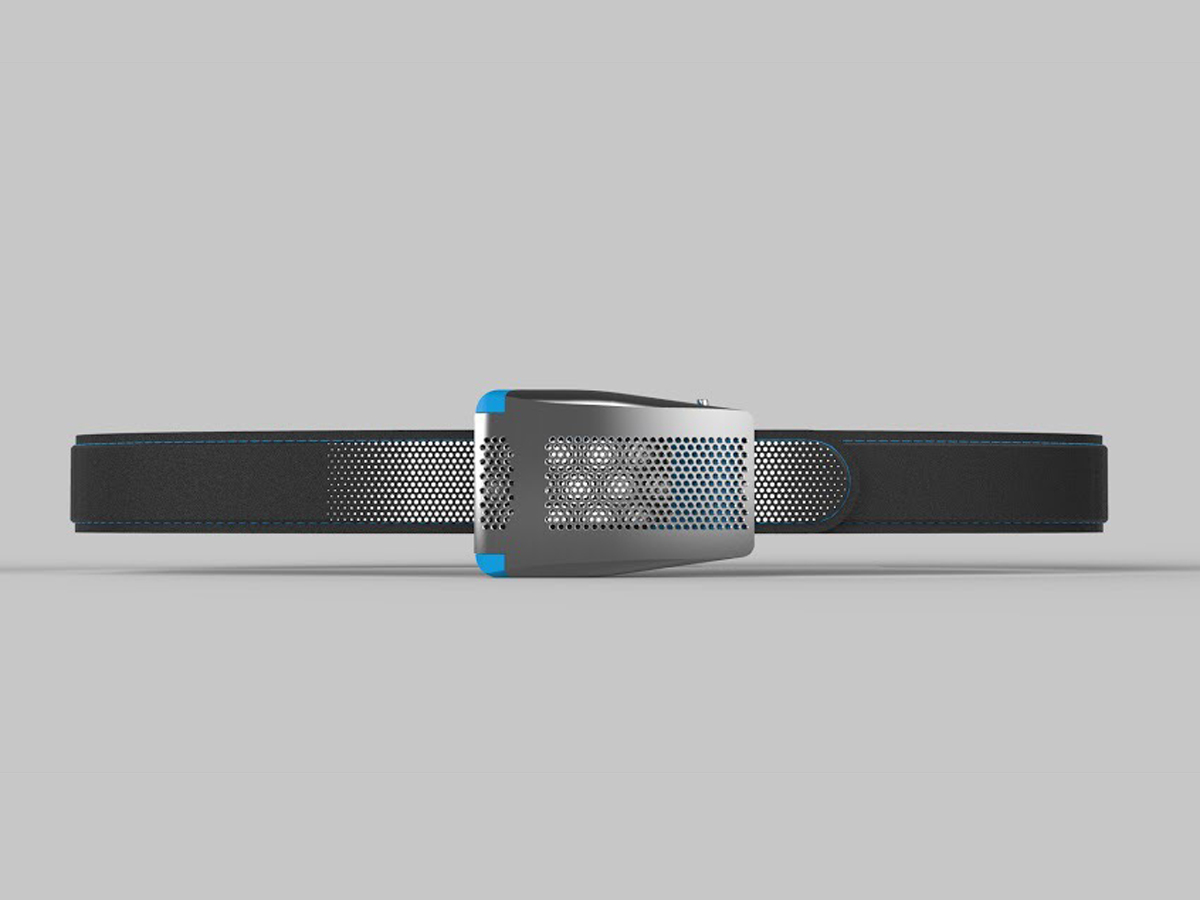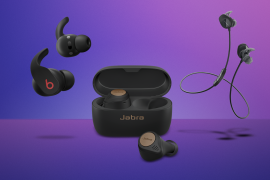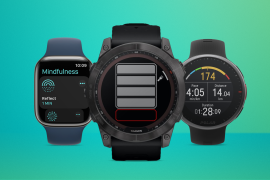When fitness-tracking fun becomes an obsession
Craig Grannell mulls on how CES 2015 might have pushed things a bit too far regarding fitness kit (or maybe just not far enough)
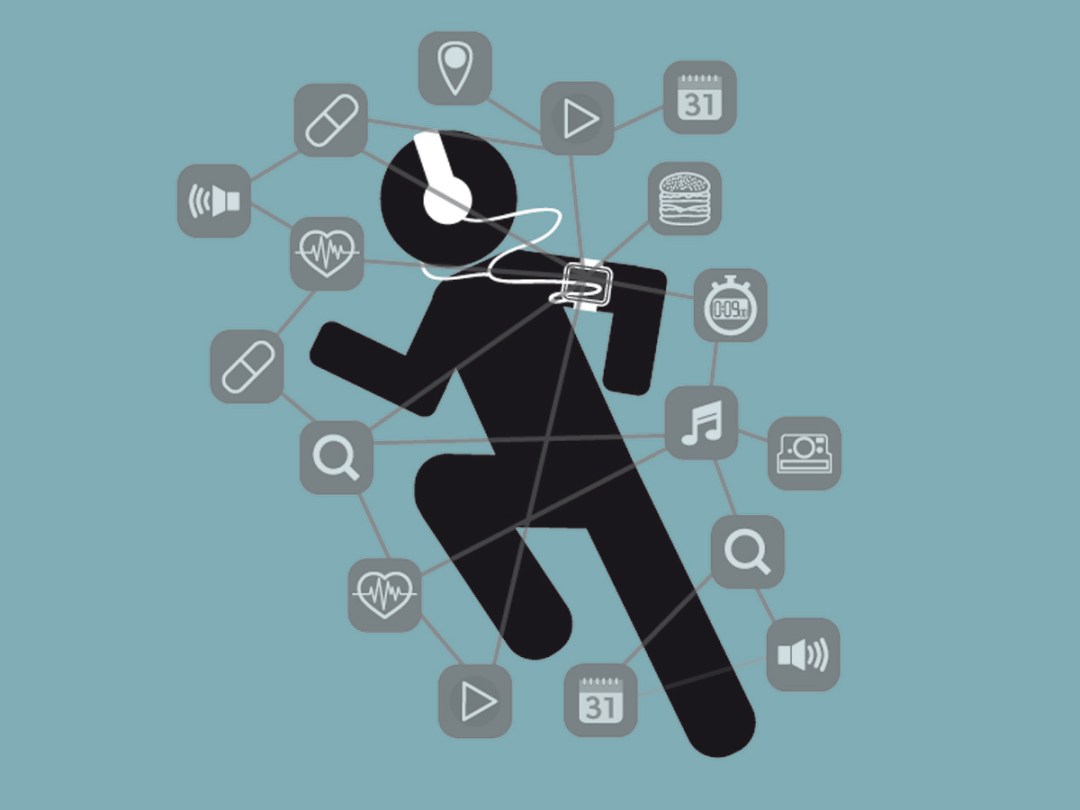
I remember the first time I bounded about the place, armed with something vaguely resembling a fitness tracker.
In fact, it was an iPhone and an app, and it had just provided some very real numerical proof that I’d huffed and puffed a few miles about local streets, along with helpfully mapping my route.
This kind of thing is par for the course these days, but back then it felt like a little slice of magic, even if the magic sometimes went a bit skew-whiff when the 3G signal dropped, adding massive diversions to the mapped route as the iPhone desperately tried to find coverage. Still, even on those occasions, it was lovely to know that I could apparently reach an average speed of approximately 54 mph. On foot.
GAMERCISE
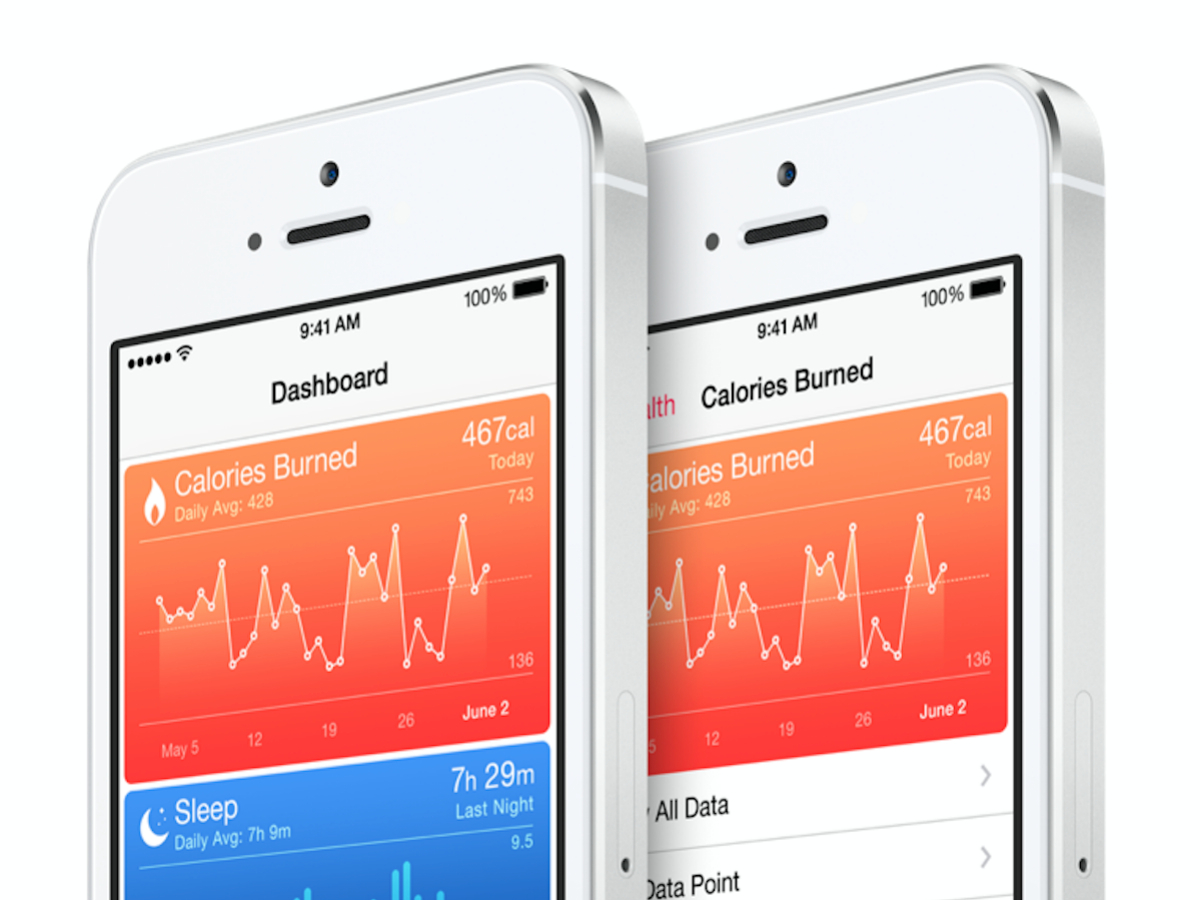
This was the early days of gamification and tracking, clearly, and it’s easy to forget how clever the shifts in thinking were. By reframing exercise, often done solo, as a kind of MMO (albeit one with vast amounts of extra sweat and a significantly higher risk of twisted ankles than those played from behind the relative safety of a keyboard and glowing screen), unexpected areas of the brain fired into life to keep you at it.
This was no longer about tediously and slowly getting rid of excess pounds (or kilos, metric fans), but about rocketing up the high-score table in the Game of Health™.
WEARABLE GUILT
But fitness trackers have rapidly evolved, shrinking to the point where they’re supposed to be worn all of the time, rather than dug out to use during flurries of exercise.
And because they’re now supposed to be on your person 24/7, they’re no longer just about route-mapping and calorie-counting.At CES 2015, we saw kit that, based on your stats, could even tell you how you’re feeling (assuming you didn’t already know yourself); and also devices which could at any given moment helpfully point out just how horribly overweight you are, you lump of wobbling blubber.
There was always the ‘threat’ of gamification in exercise kit morphing into obsession through such wearables, and CES 2015 then unveiled what’s very clearly the next step: the fitness tracker sticking plaster.
Tape it to your person! Tear it off only once a week to replace the battery! Ignore the PAIN! You need the PAIN to take you to the heights of fitness amazingness! And never, ever, stop exercising, even for a second, you almost whale-like blubbery chunk of semi-human jiggling matter, who definitely shouldn’t have eaten all those mince pies over the holidays!
INVISIBLE OPRESSORS
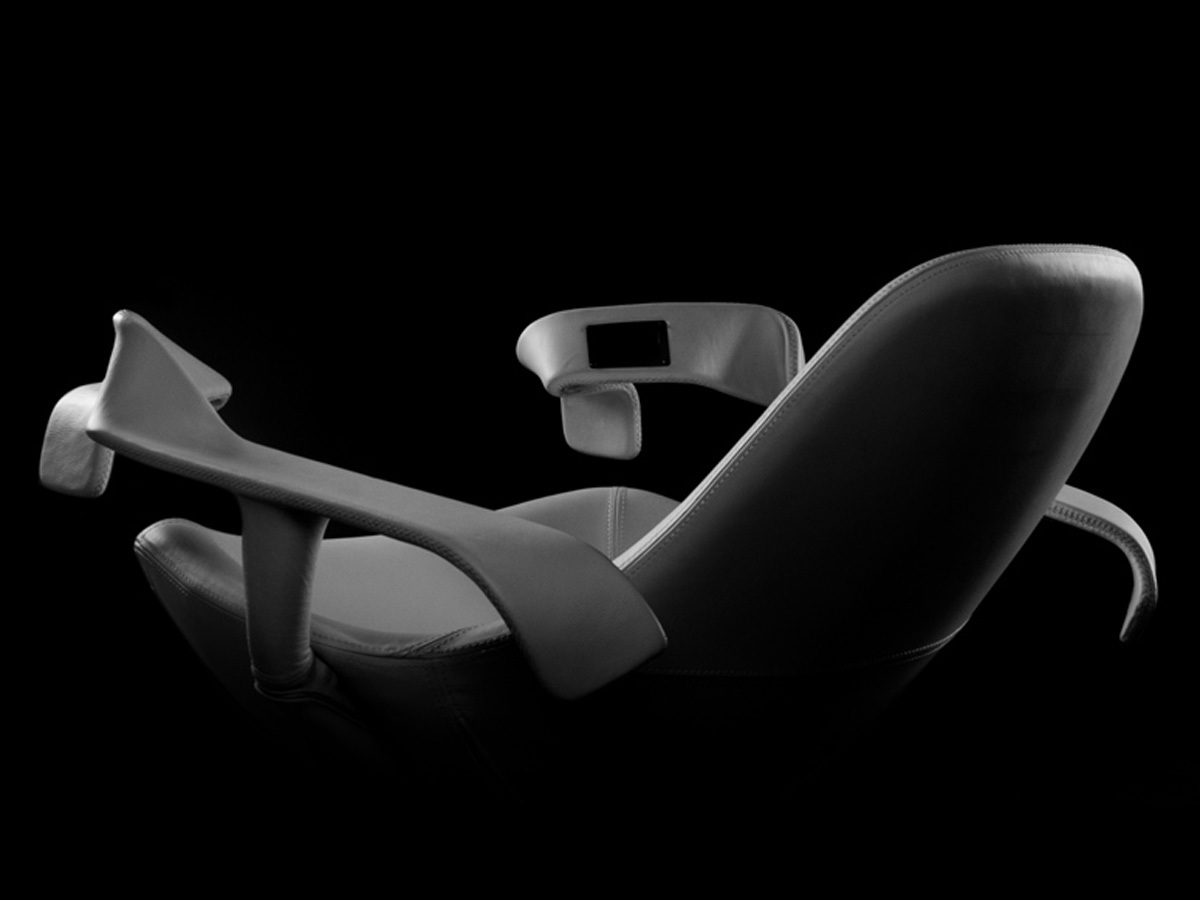
Assuming this trend continues, CES 2016 will usher in microscopic trackers. They will almost literally disappear and never need charging, invisible on your person, but increasingly loud in informing you about your weight, fitness and mood.
